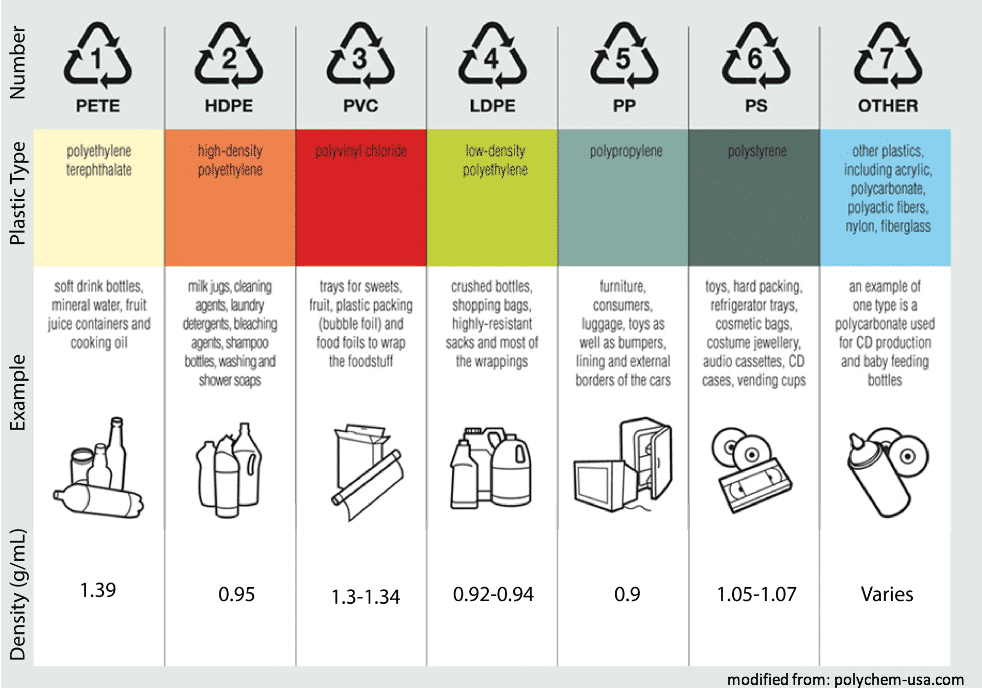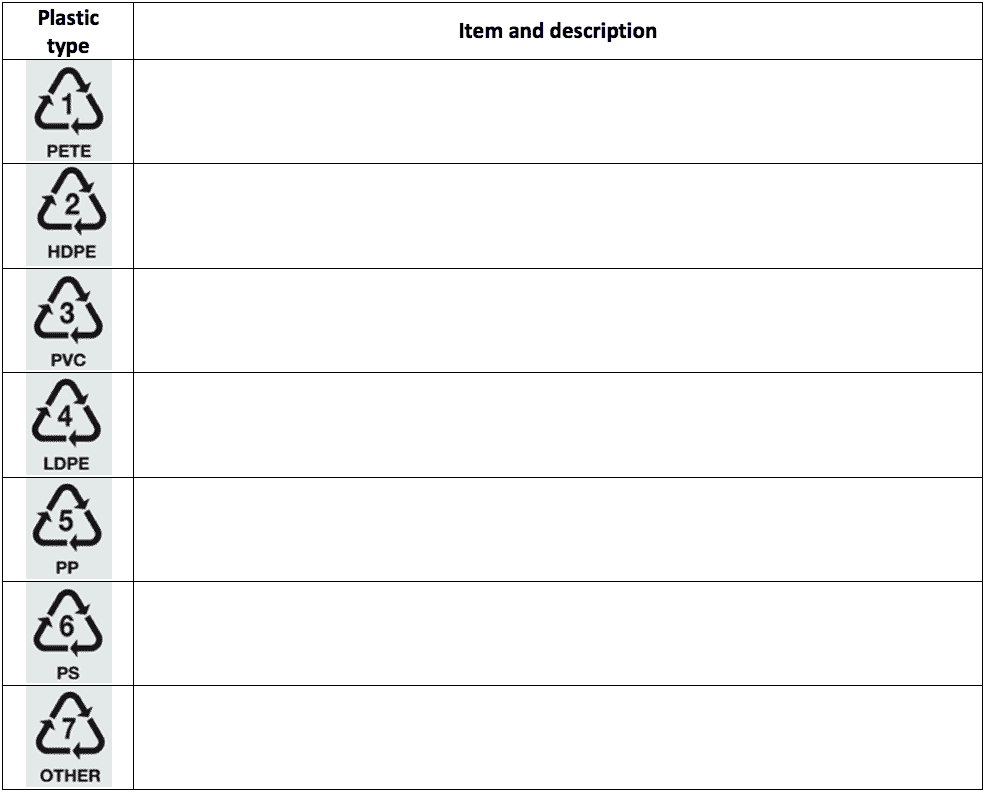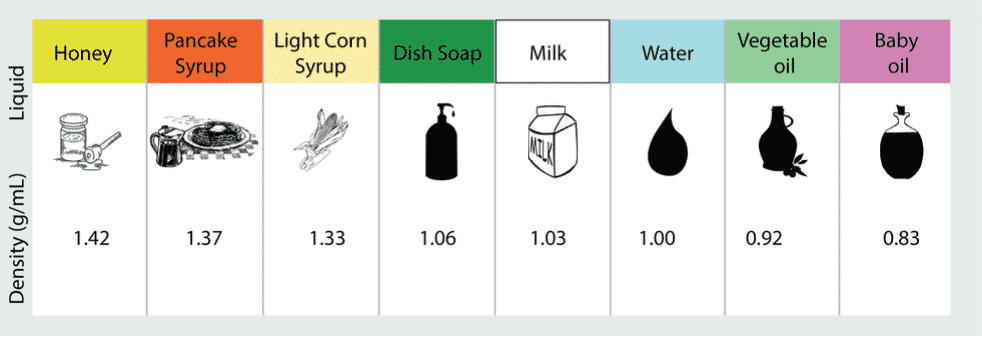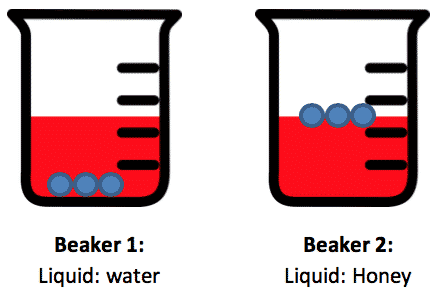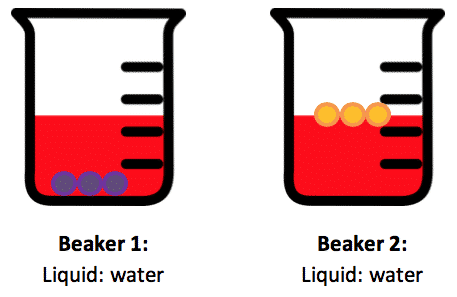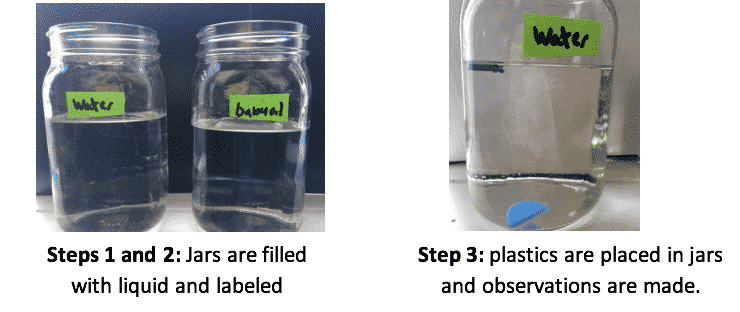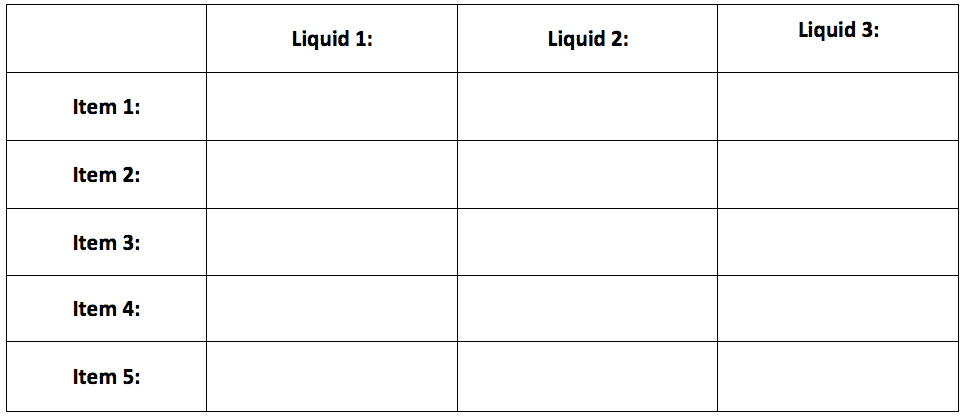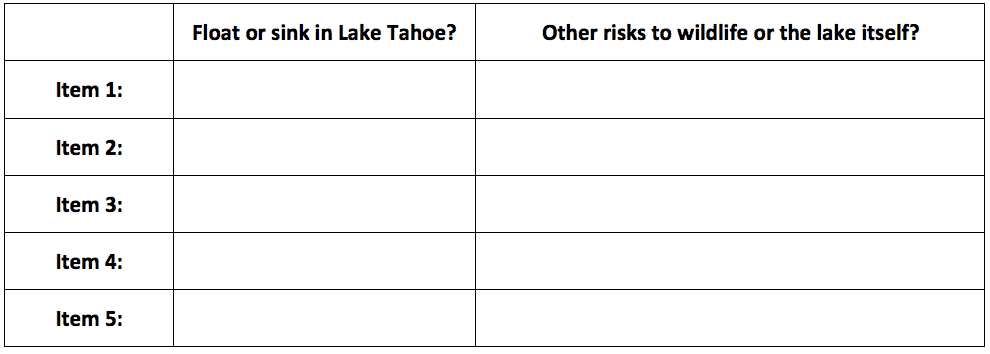Microplastics Laboratory
Exploring Microplastics At Home!
Today we will explore the world of plastics. Follow along with the steps on the page below, or download a PDF of this activity to print at home.
Today we will explore the world of plastics. Did you know there are thousands of differ types of plastics? All of the plastics we will talk about today are made by humans from materials found in nature, such as natural gas, oil, coal, and plants. Plastics can take lots of different forms, from plastic water bottles, to medical tubing, to fibers that make up your clothing. Let’s explore these different plastic types.
Background
You will study the different properties of different plastics. The table below shows the different types of plastics, an example of a household item that is made of that type of plastic, and the different density of plastics:
Density is defined as the mass of an object per unit volume. It is a property intrinsic to the material. Scientists actually use density all the time! For example, if we have a piece of plastic, but we don’t know what type of plastic it is, we can measure the density of the plastic to narrow down the type the plastic it is!
What plastics have you used today?
Scavenger hunt
In your home, can you find at least one item from each plastic type category? Enter a description of what you found in the table below!
In addition to plastics of different densities, around the home you also have liquids of different densities.
As scientists, we can use the different density of plastics and liquids to our advantage. If an object with a lower density is added to a solution with a greater density, the less dense object will float. On the contrary, if an object with a greater density is added to a solution with a lower density, the higher density object will sink. Scientists use the different densities of liquids to their advantage. For example, oil is naturally less dense than water. Although oil spills are detrimental to the environment, the ability of oil to float aids cleanup of oil spills.
Let’s practice!
Questions:
- Are the particles in beaker 1 more or less dense than water? ____________________
- Are the particles in beaker 2 more or less dense than honey? ____________________
The answer is the particles are denser than water and less dense then honey and we know this because the particles sank in water but floated in honey. We know this because the particles sink in water and float in honey!
You found two unknown particles (purple and yellow) and you put them in water:
Questions:
- Which particle is denser? ____________________
- Which particle is less dense? ______________
The answer is the purple particles are denser than the yellow particles. We know this because the purple particles sink in water while the yellow particles float!
Now it’s your turn! You will now test different plastics in different liquids to study the density of plastic.
Find these materials:
- 1 to 3 (or more!) clear drinking glasses (pint size or smaller is fine)
- Pen
- Label tape (masking tape works best)
- ½ cup each of a selection of liquids from the table above (for example: honey, vegetable oil, milk, soap, water)
- Using the plastic materials from your scavenger hunt, choose 4-5 different plastics that will fit in your jars (for example: legos, water bottle cap, a piece of a plastic water jug, a piece of a plastic fork – get creative!)
Methods:
- Fill each jar with about ½ cup of liquid to cover your plastic pieces (one liquid per jar)
- Use the label tape and pen to mark which jar contains which liquid type
- Place your plastics in each jar one at time and note your observations! Did the plastic float? Did the plastic sink?
Observations:
Record your observations in the table below.
Questions:
Which liquid had the greatest density? How do you know?
Which liquid was less dense? How do you know?
Was this what you expected? Were you surprised?
Making meaning: For each item that you choose, make an inference about what would happen if that plastic became litter and found its way into Lake Tahoe. Would it float or sink? What other risks might it pose to wildlife or the lake itself? For this last part, you can do some research on that specific type of plastic.
CONTACT
Monica Arienzo, Ph.D.
Lab Director
Monica.Arienzo@dri.edu
LAB LOCATION
Desert Research Institute
2215 Raggio Parkway
Reno, NV 89512
DIVISION
Hydrologic Sciences

